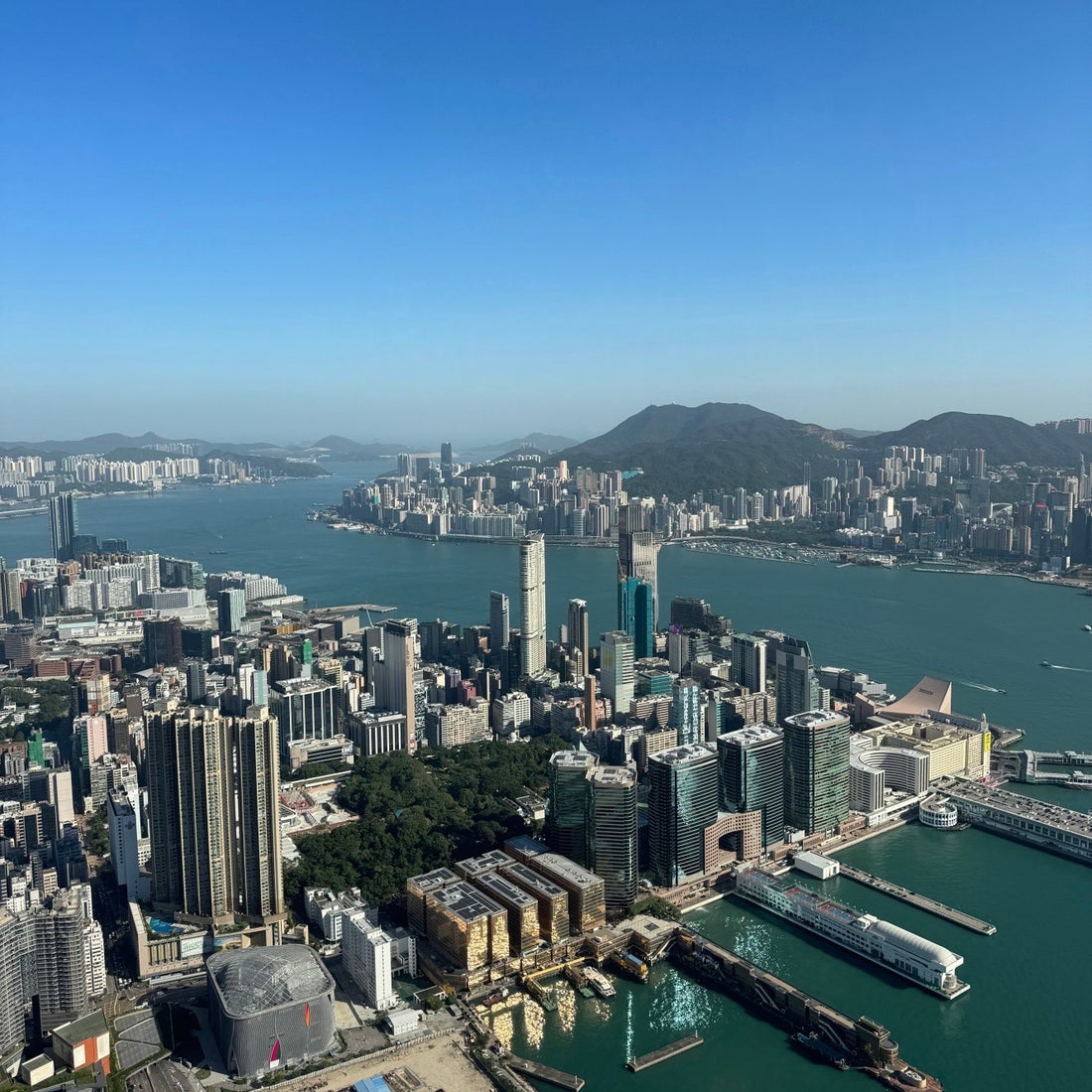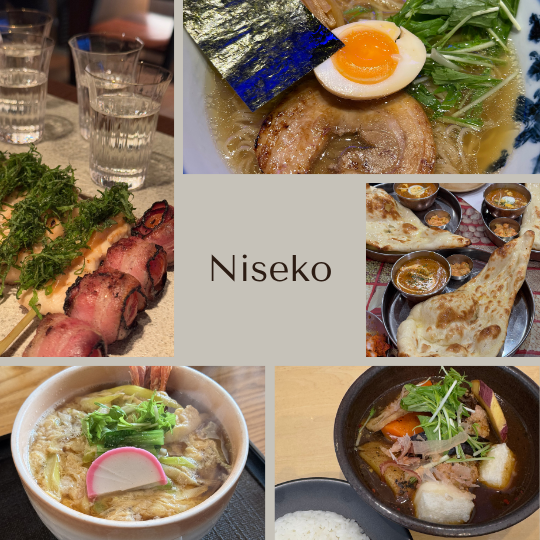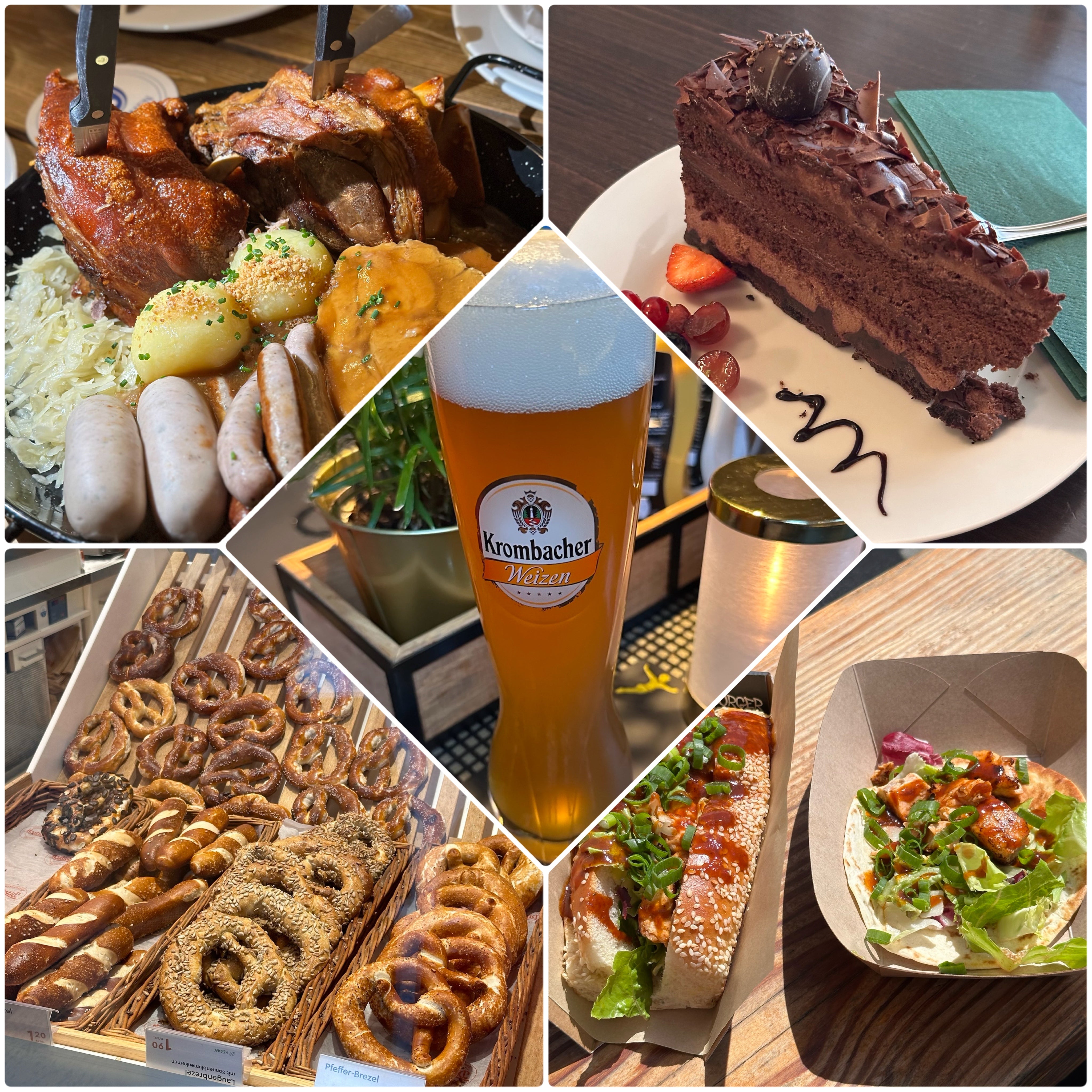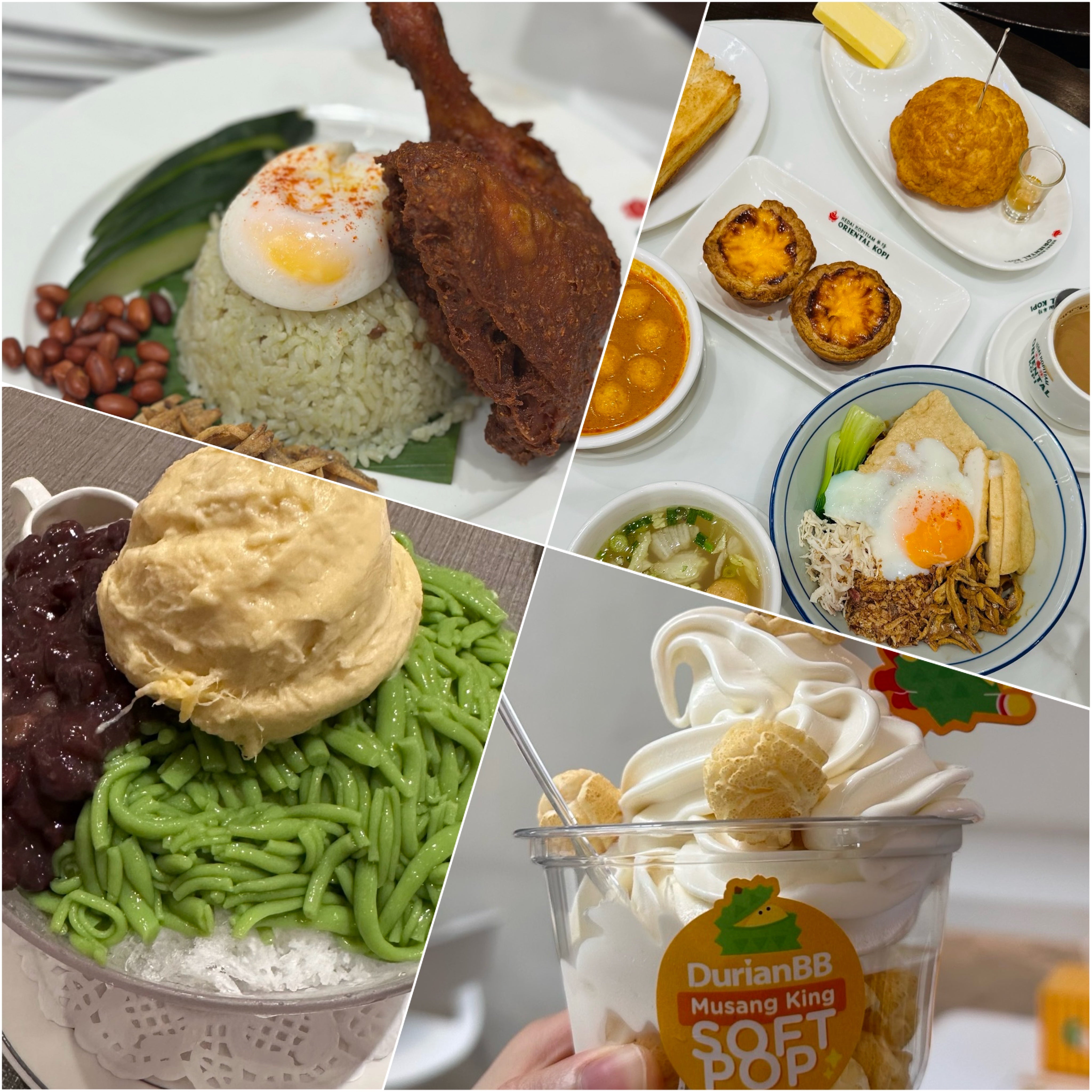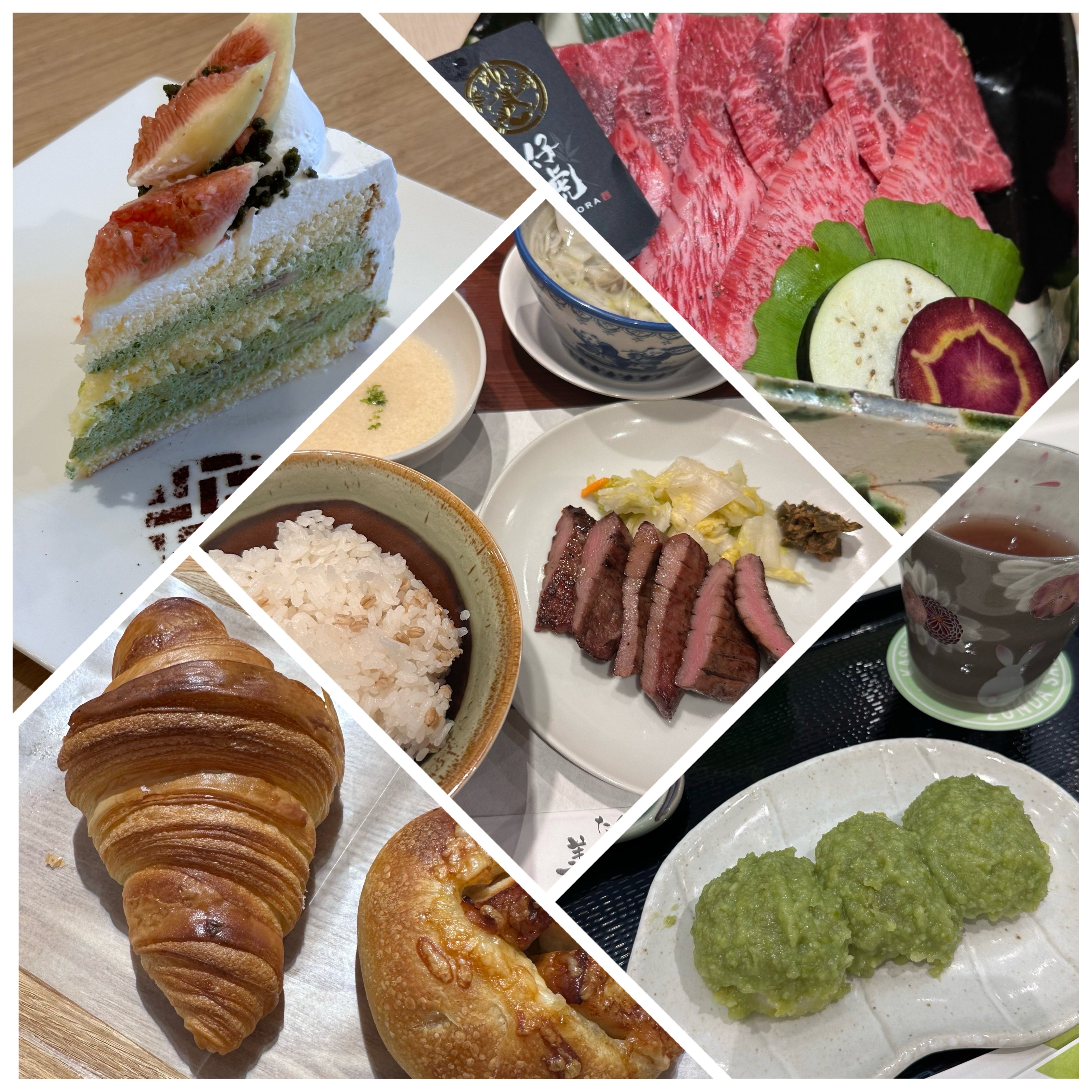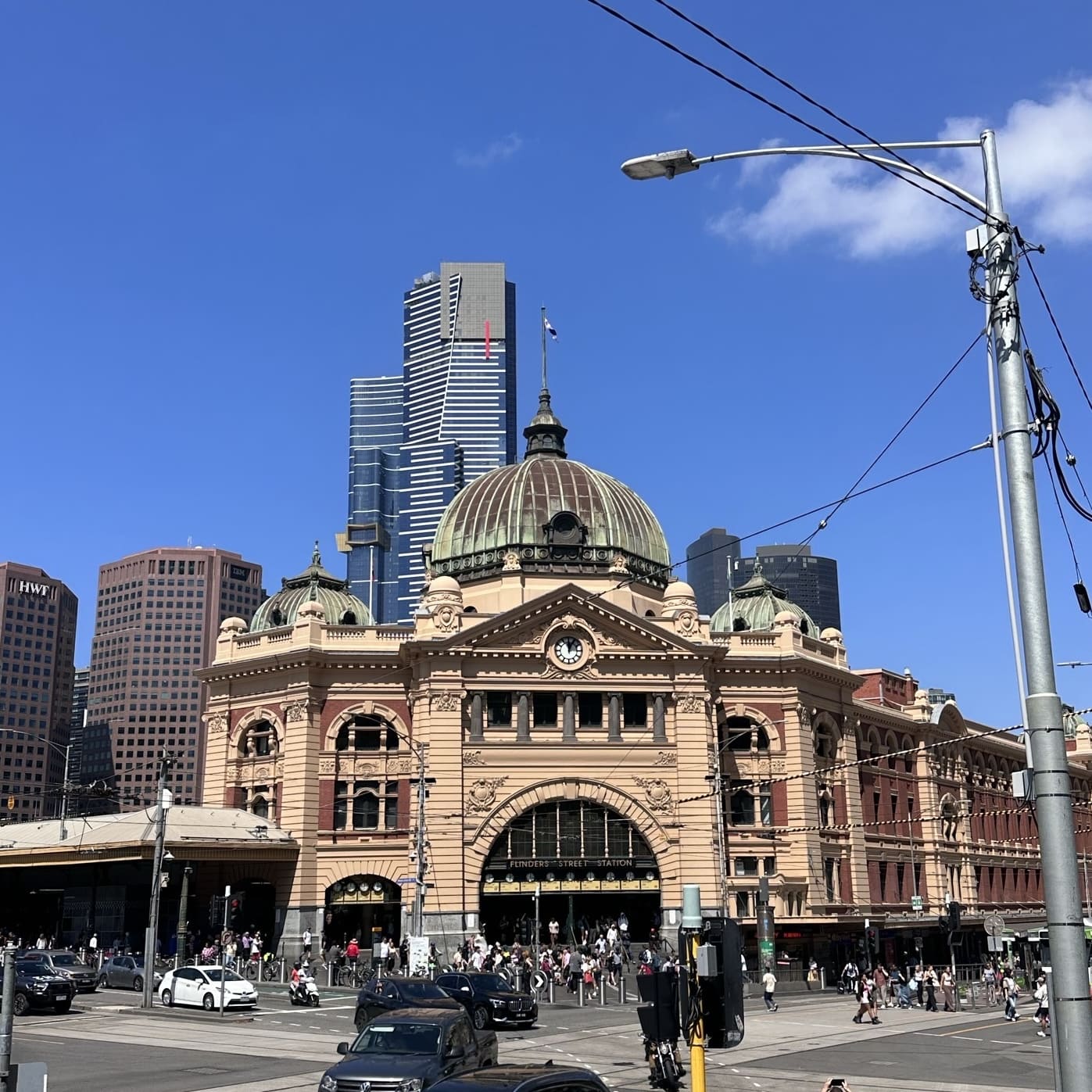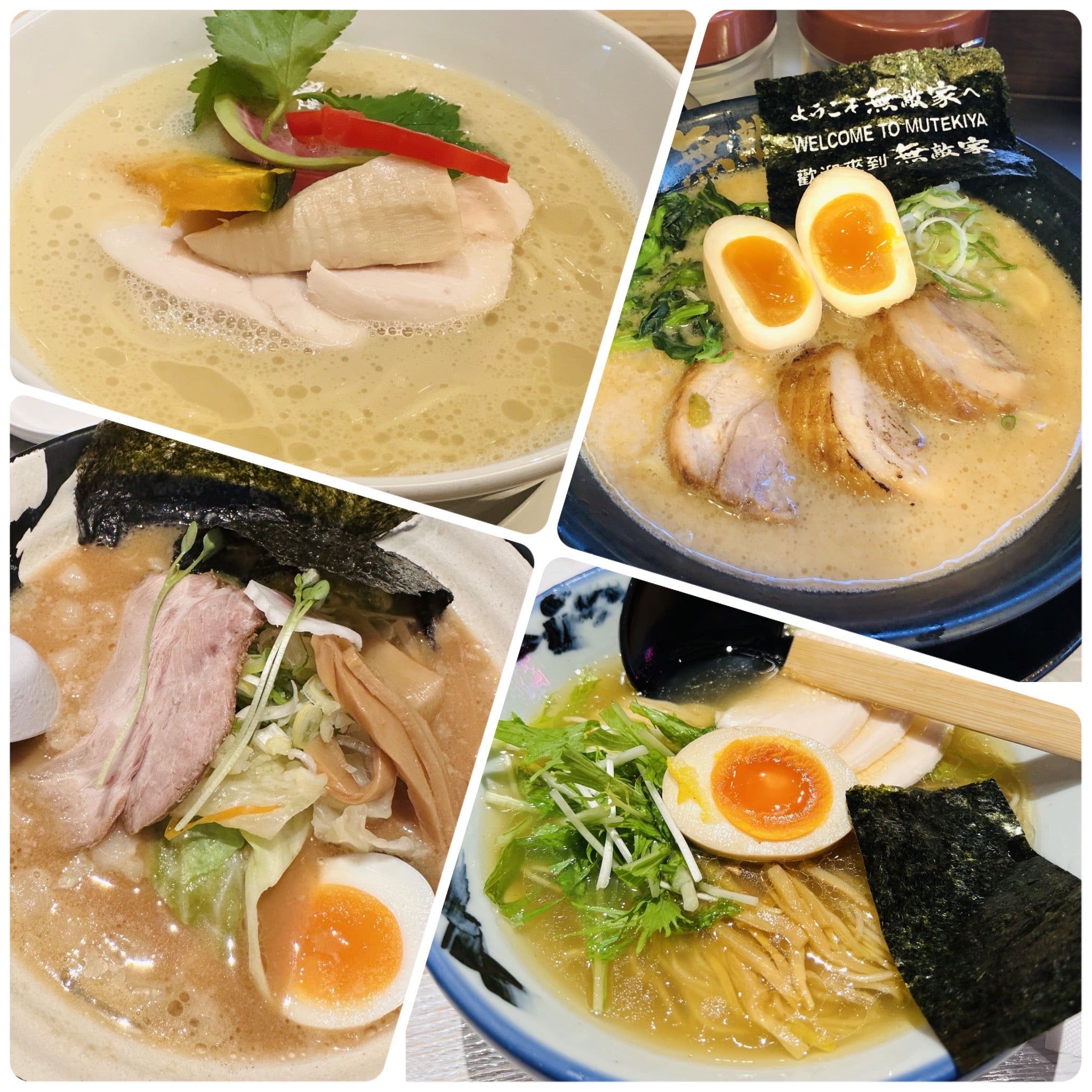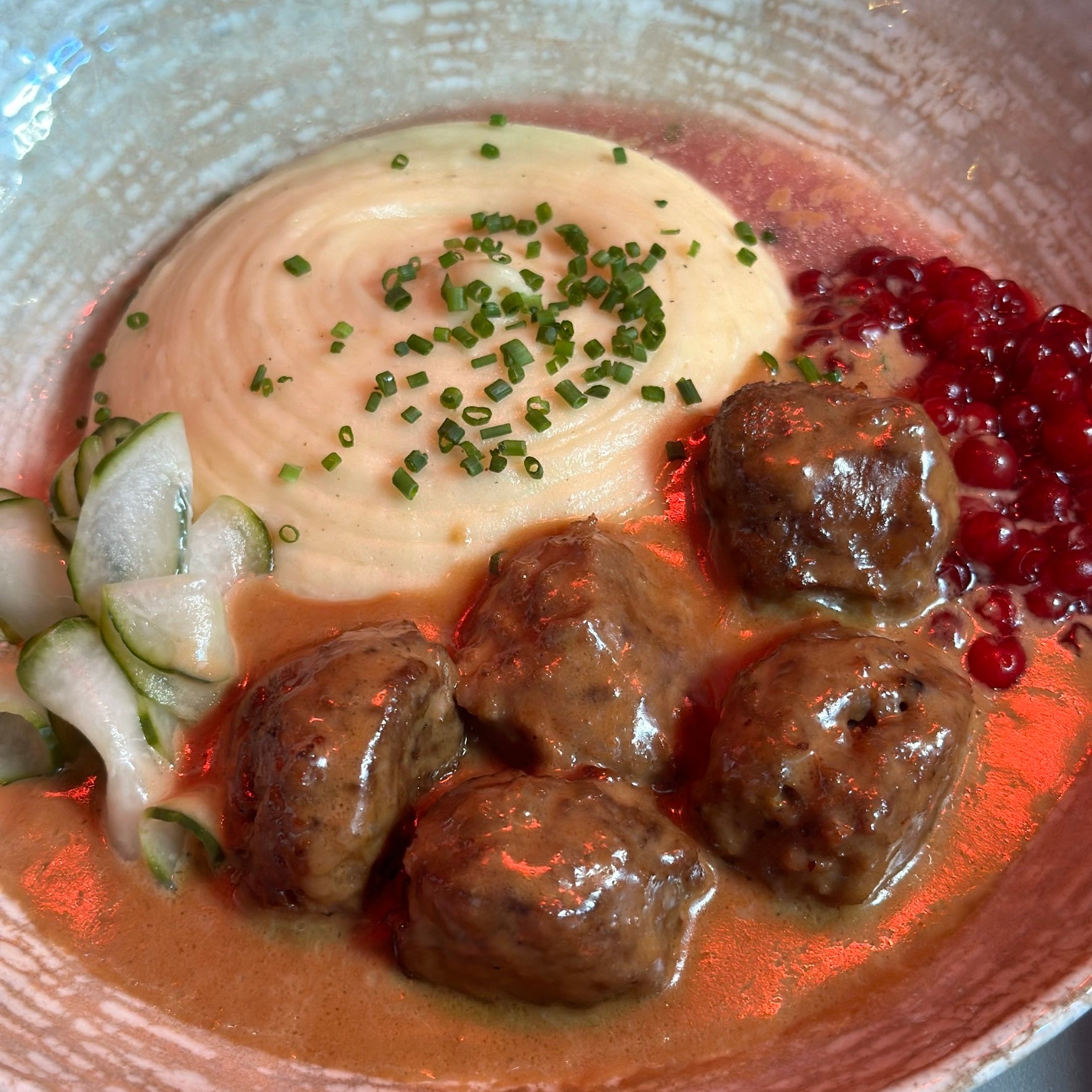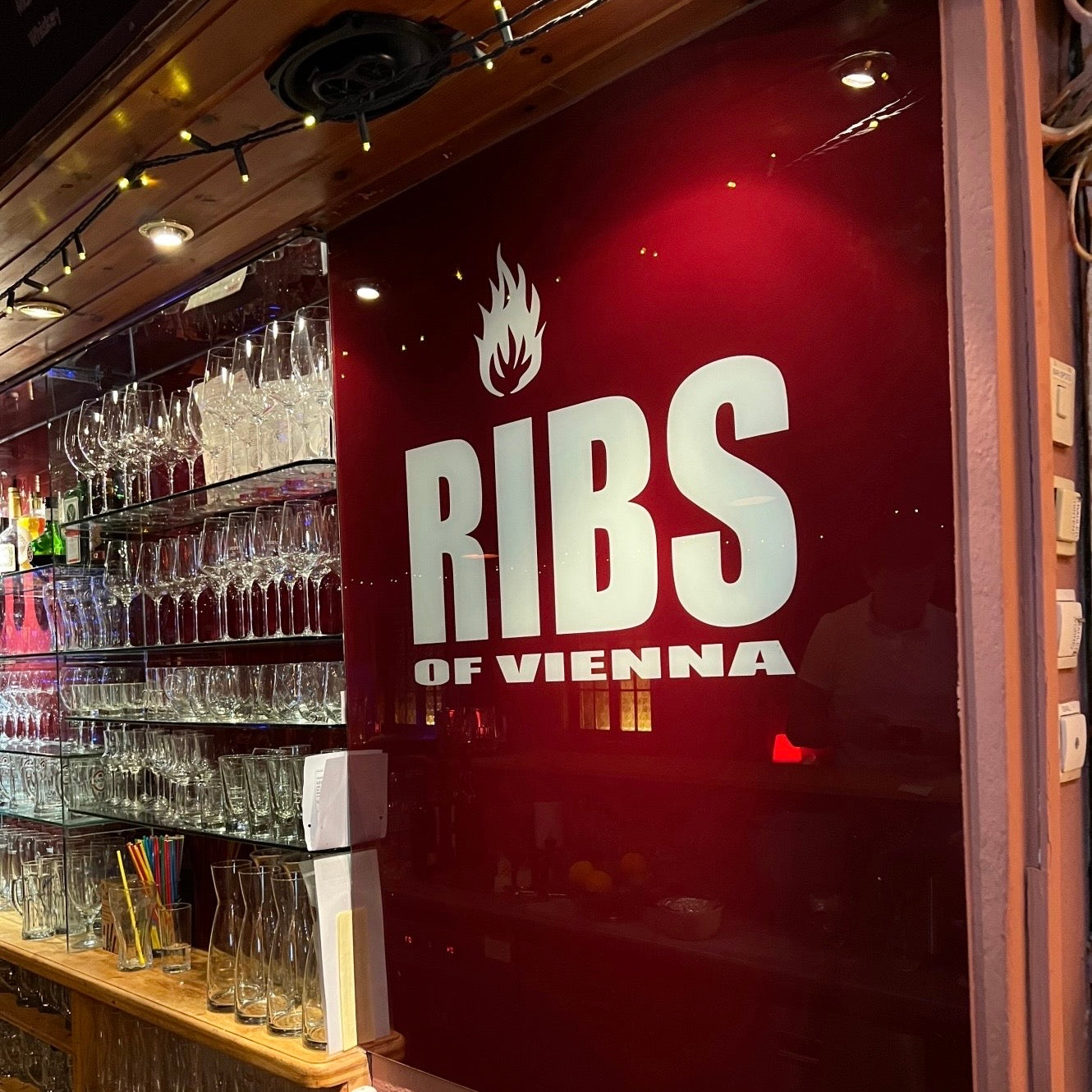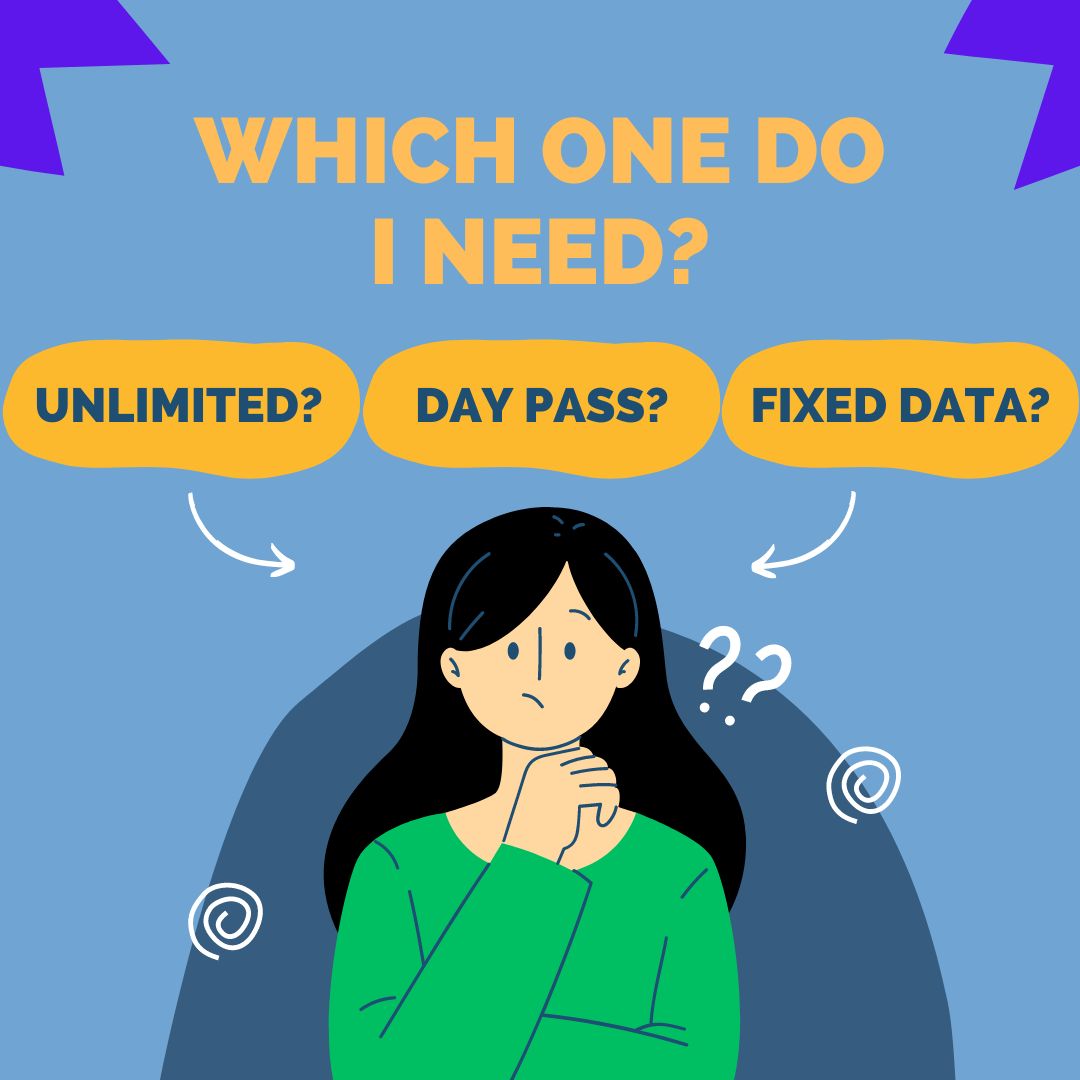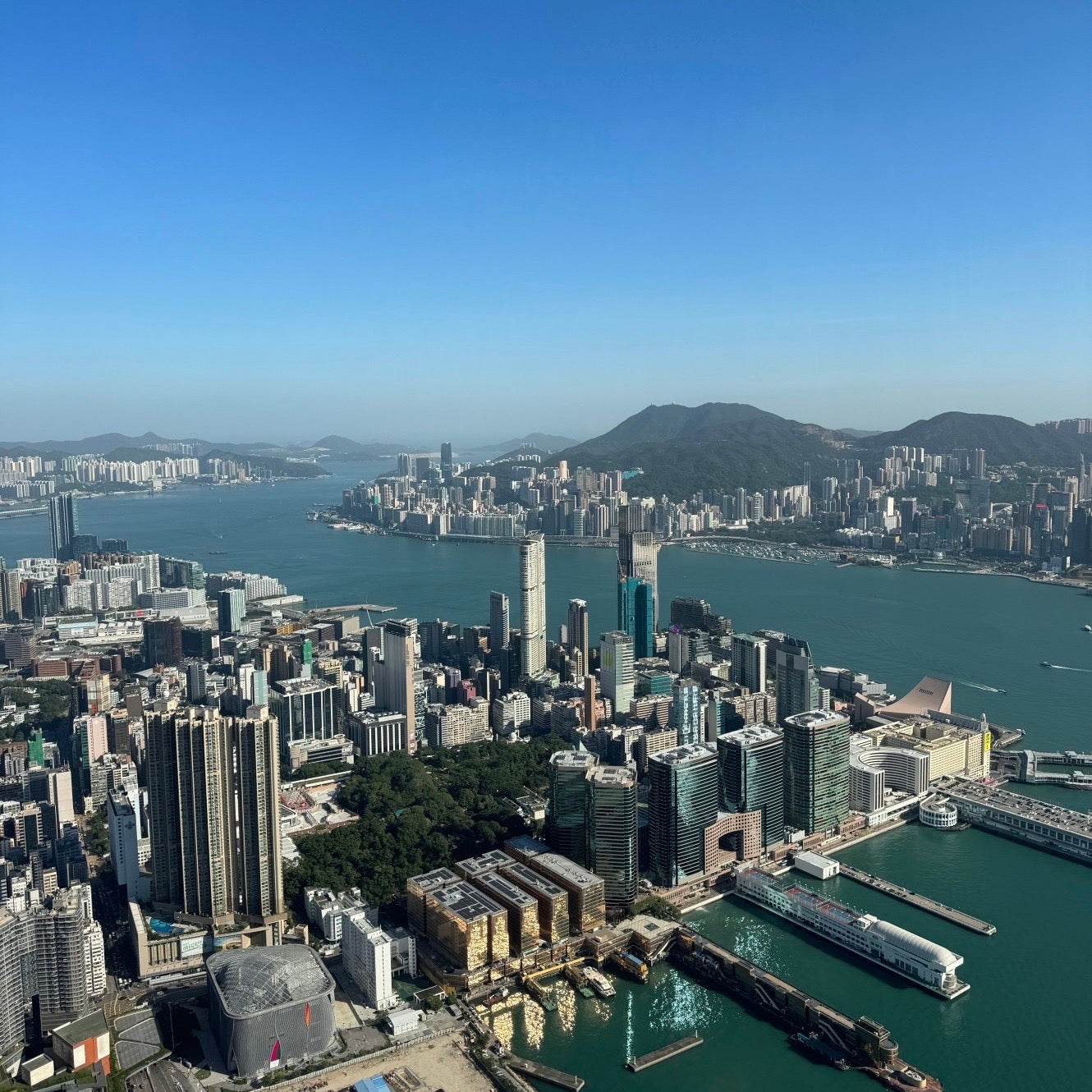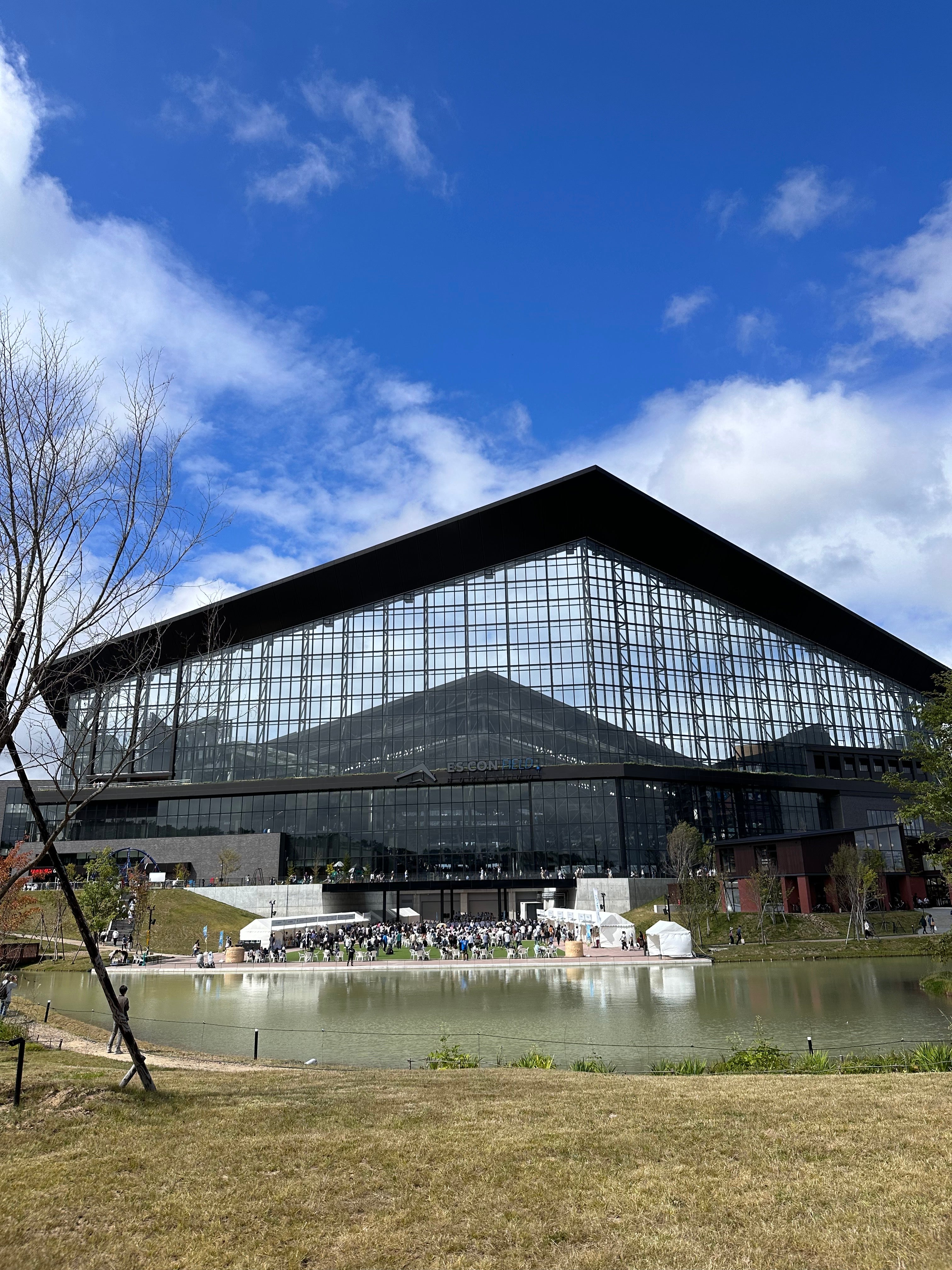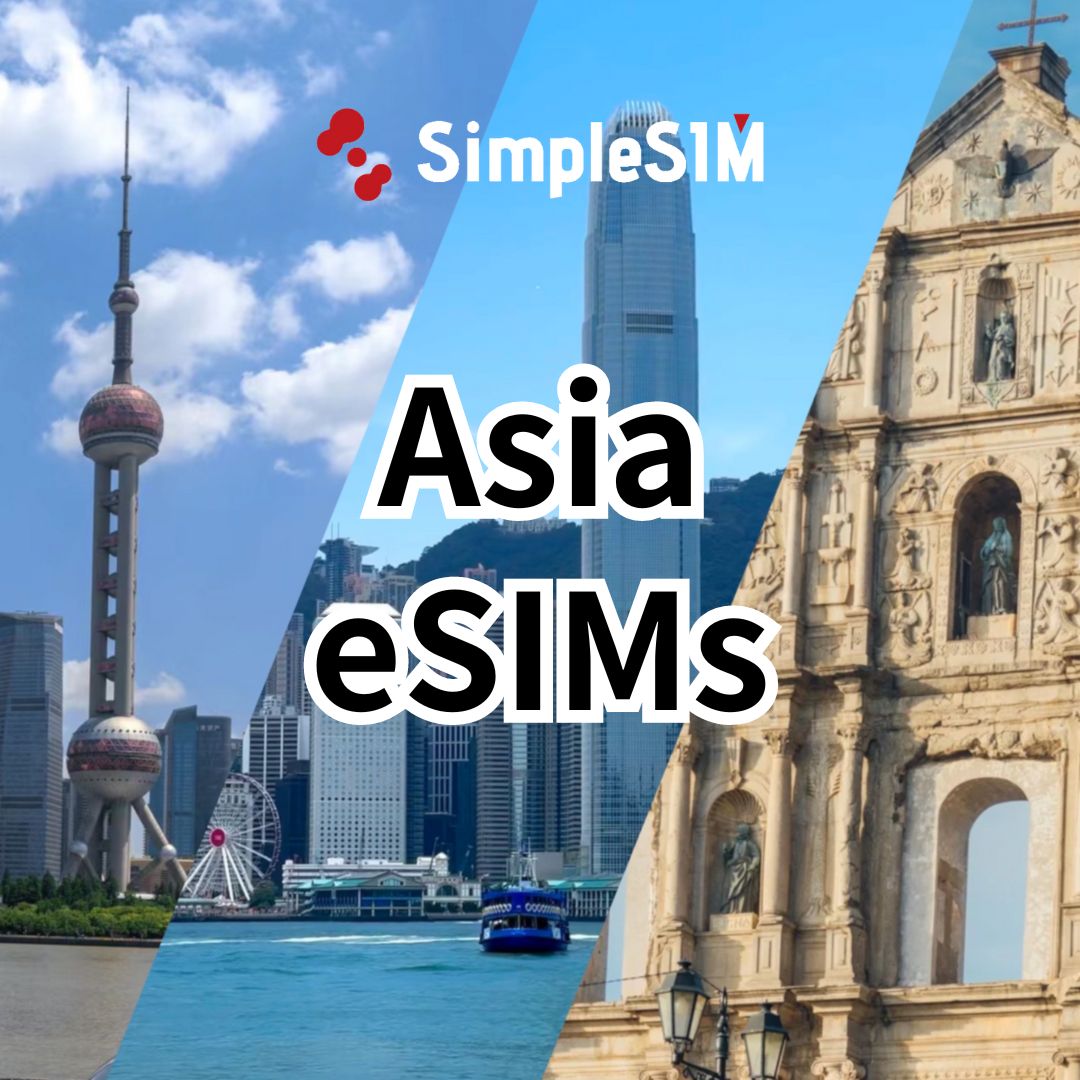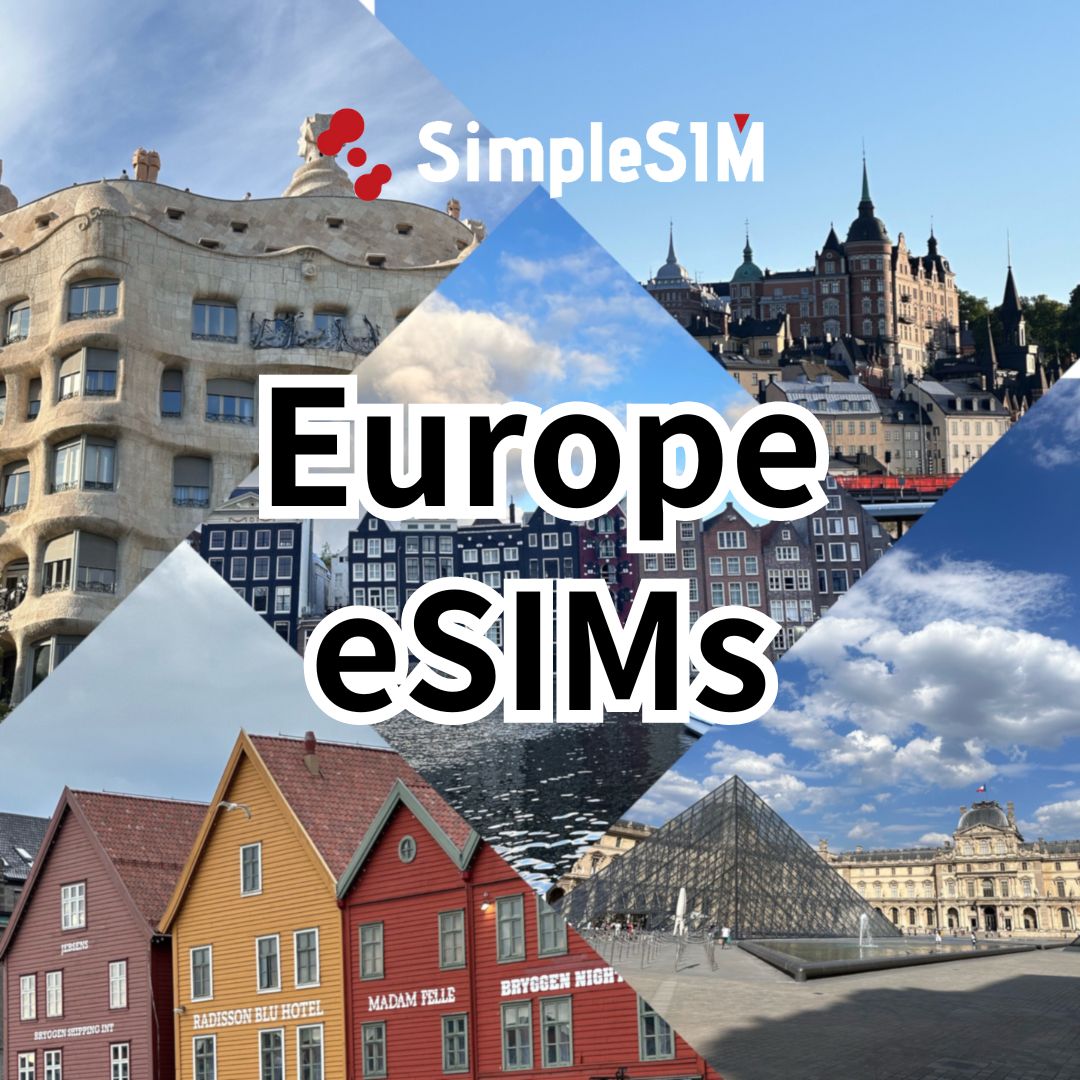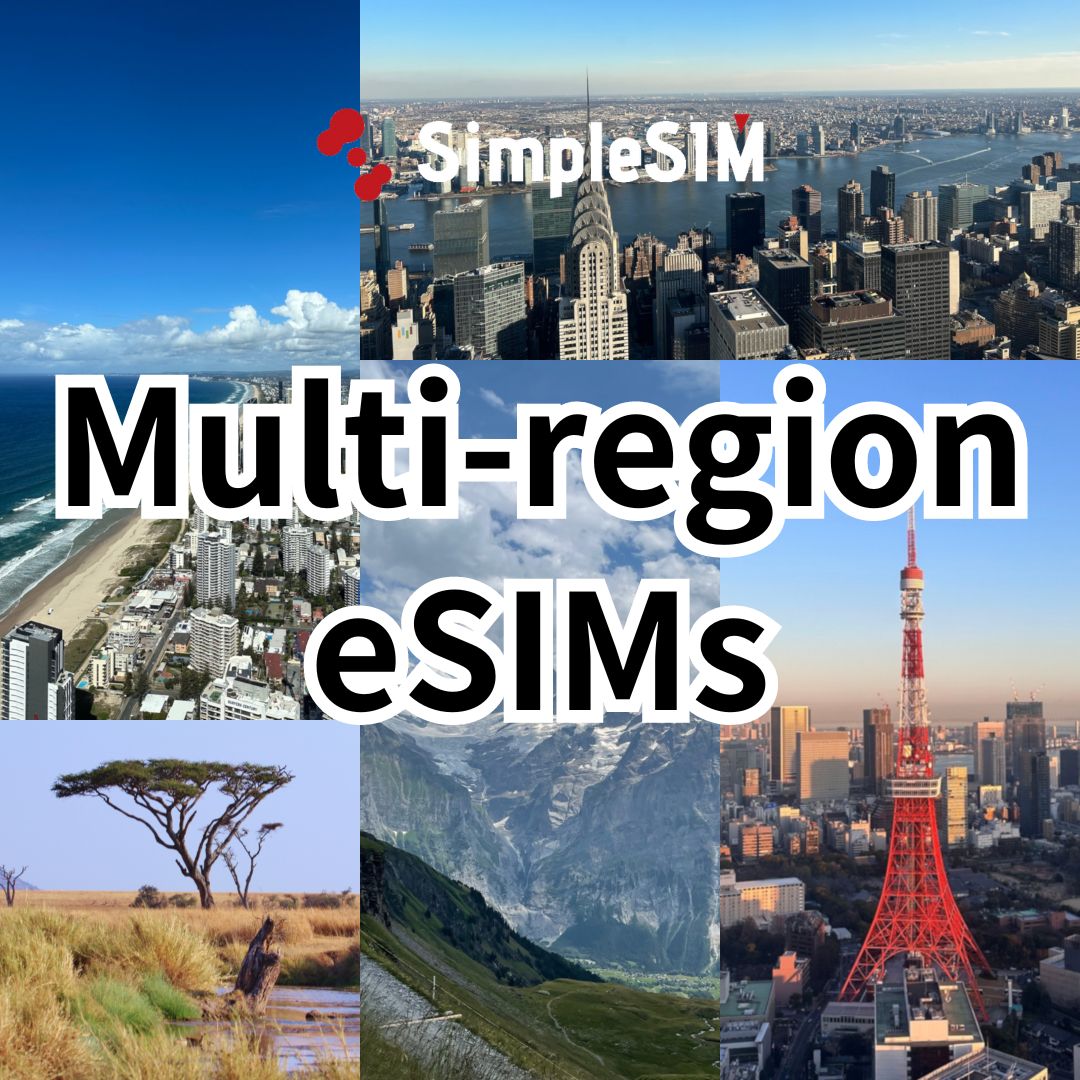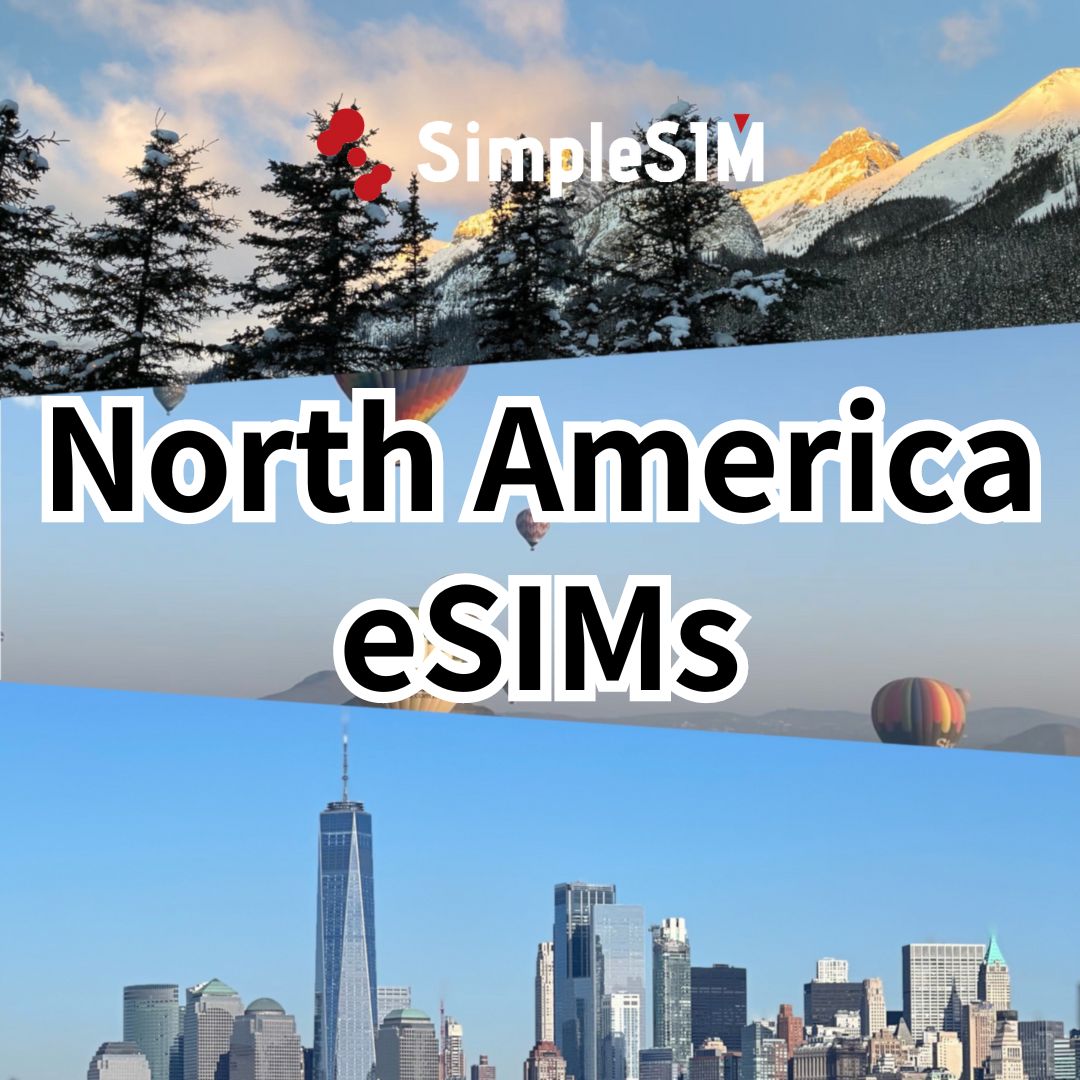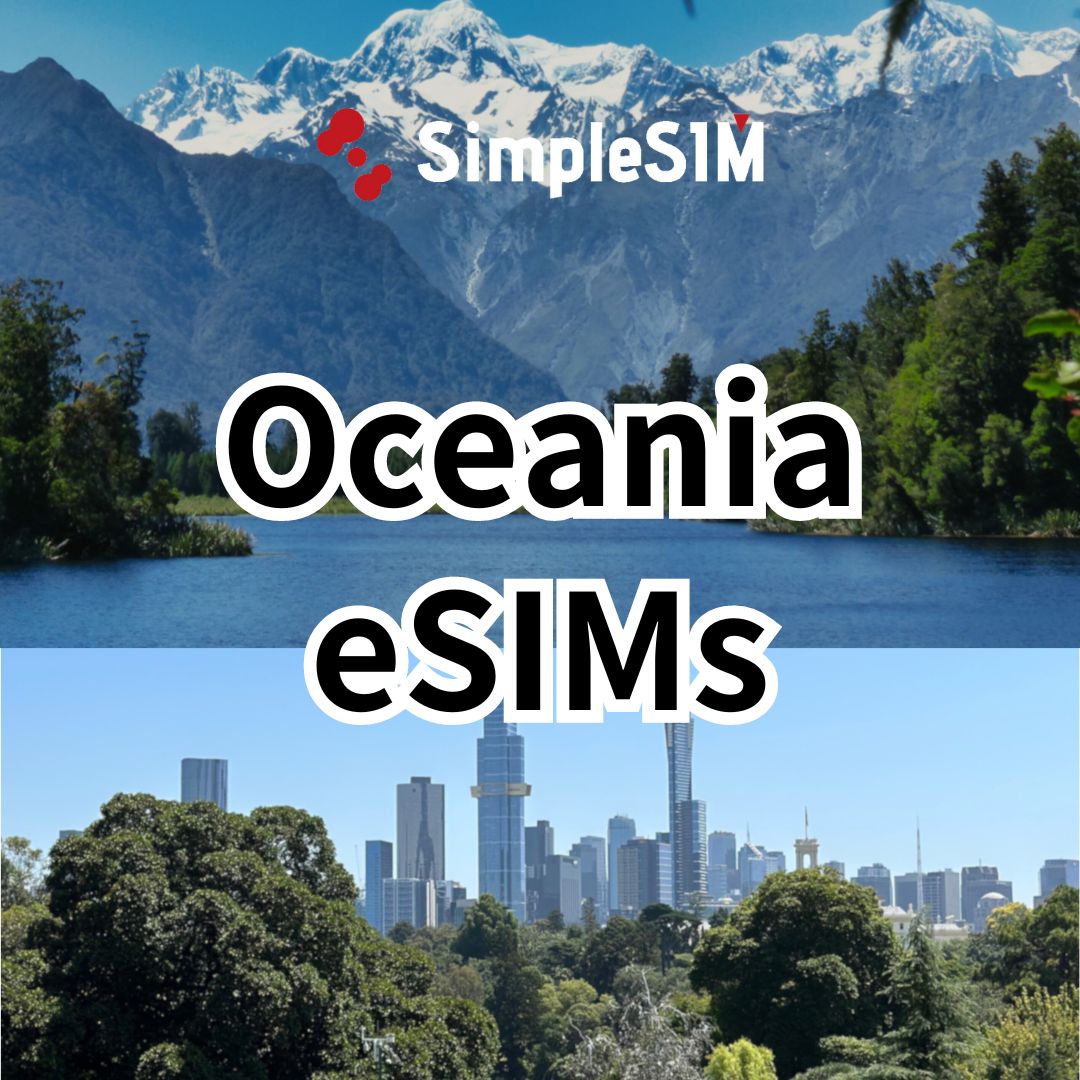The public transportation system in Hong Kong is among the most comprehensive and efficient globally. This guide will help you take full use of Hong Kong's transportation alternatives whether you're visiting the city for work or pleasure.
Table of Content
- Payment Methods
- Traveling to and from the airport
- Mass Transit Railway (MTR)
- Bus
- Taxi
1. Payment Methods
Octopus Card
A necessary tool for traveling about Hong Kong is the Octopus Card. This rechargeable smart card can be used on almost all forms of public transport, as well as at convenience stores, supermarkets, and various attractions.
- Where to Get: Available at the airport, MTR stations, and select convenience stores. Or use Octopus on iPhone or Apple Watch.
- Top-up Options: Recharge at MTR stations, convenience stores, or online via mobile apps.
- Benefits: Offers discounts on public transport and is faster than cash payments.
Contactless Payments
- For those who prefer using their credit or debit cards, contactless payments are widely accepted on the MTR and some bus routes. You can also use mobile wallets like Apple Pay, Google Pay, or Samsung Pay. (Sometimes, only Visa cards are accepted.)
Cash
- Cash is still widely accepted for public transportation, though it is less common than using an Octopus card. When paying with cash, you need to have the exact fare ready, as no change is given on buses or minibuses.
2. Traveling to and from the airport
- The Airport Express is the fastest way to get to Hong Kong International Airport. Trains run every 10~15 minutes, with a journey time of around 24 minutes from Hong Kong Station to the airport.
Stations: Hong Kong, Kowloon, and Tsing Yi stations serve the Airport Express.
Services: Free Wi-Fi, luggage handling, and in-town check-in at Hong Kong and Kowloon stations.

- Tip: If you are traveling in a group (2 or more), purchase your tickets at the service counter to take advantage of group ticket promotional fares.
- Buses
Airport buses, such as the A21 and A11 routes, are more affordable options. They offer direct services to various parts of the city and run frequently.
- Taxi and Private Transfer
Taxis are convenient but more expensive, with fares typically ranging from HKD 250-350 depending on your starting point. Private transfers can be arranged in advance, offering comfort and convenience, especially for groups or travelers with lots of luggage.
3. MTR (Mass Transit Railway)
- How to Use:
Buying Tickets: Single journey tickets can be purchased at vending machines or kiosks, but the Octopus Card is more convenient.
Navigating Stations: MTR stations are well-signposted in English and Chinese. Maps and apps like MTR Mobile can assist in planning routes.
4. Buses
- Types of Buses
Hong Kong's bus network includes double-decker buses, mini-buses, and airport buses.

- Payment
Octopus Card: The preferred method of payment.
Cash: Exact fare is required, as no change is given.
Contactless/Mobile Payment: Available on many routes 
5. Taxis
- Types of Taxis
Hong Kong has three types of taxis:
- Red (Urban): Operates throughout Kowloon and Hong Kong Island.
- Green (New Territories): Serves the New Territories region.
- Blue (Lantau Island): Exclusive to Lantau Island.
- Ride-hailing Apps
Uber operates in Hong Kong, alongside local apps like HKTaxi, offering an alternative to traditional taxis
Conclusion
This guide should help you navigate Hong Kong with ease, whether you're hopping on the MTR, catching a bus, or taking a taxi to your next destination. Safe travels!

